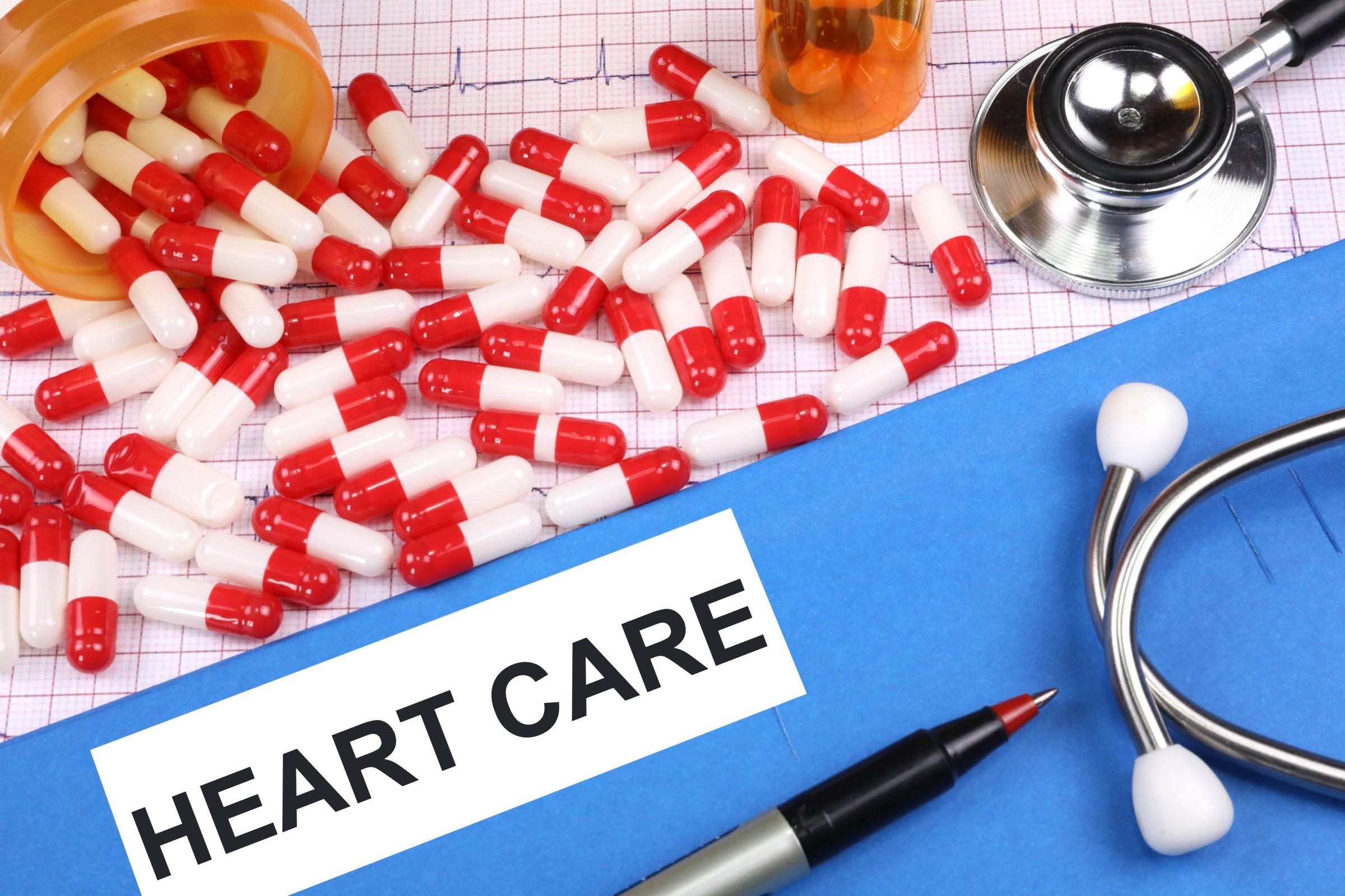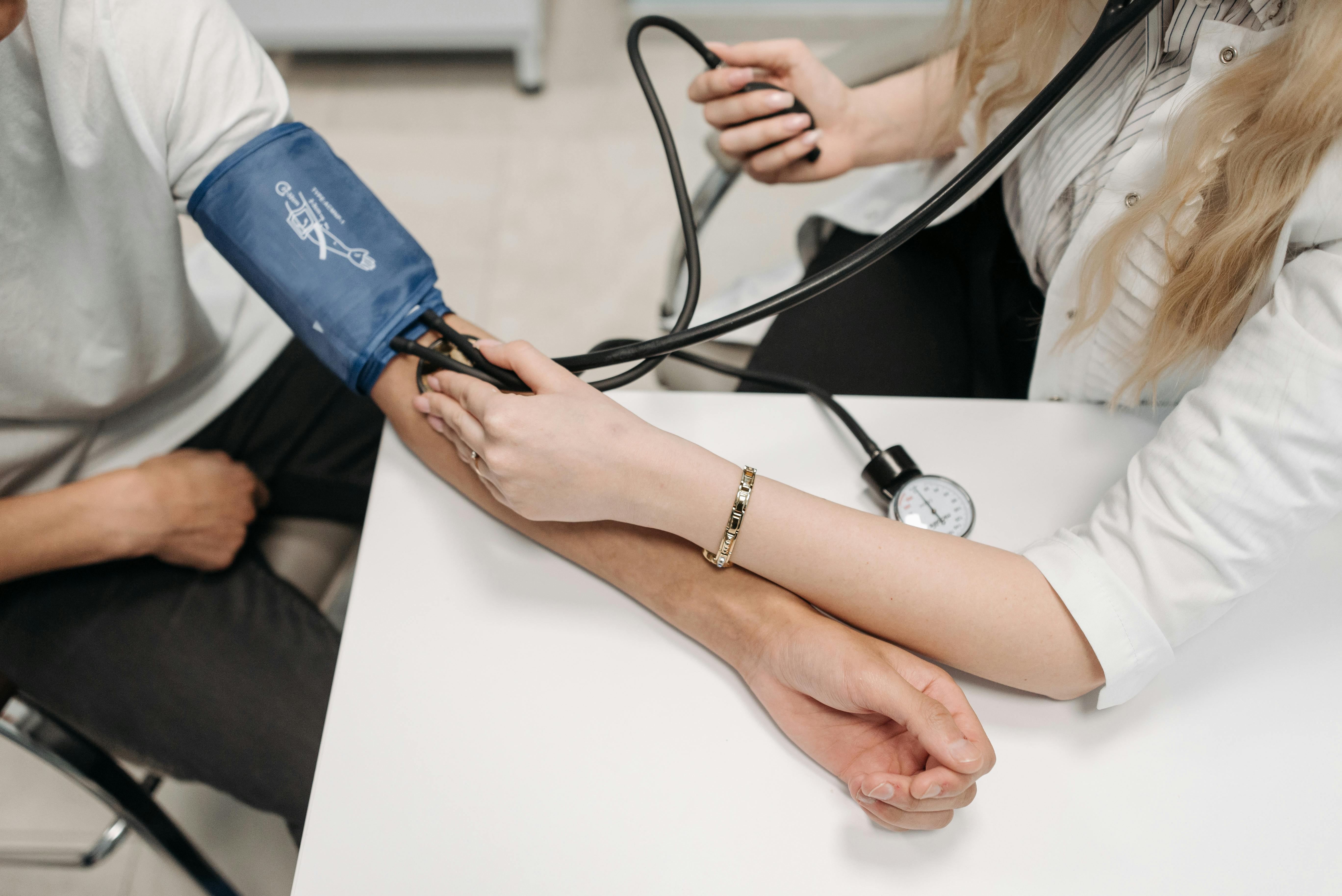
Monitoring and checking your blood pressure is about the healthiest thing you can do for the long-term well-being of your heart. Either at home or in a convenient drugstore nearby, doing so provides you with important feedback regarding the health of your circulatory system. Easy to use as a home monitor might be, reading and understanding those numbers still gets you confused sometimes. You naturally wonder: What’s “normal” for my age? That’s where an understanding of the basics and when to seek medical guidance enters the frame.

1. How Blood Pressure Works and What the Numbers Mean
Let’s start by understanding what blood pressure is taken and what the numbers mean. Blood pressure is the pressure of the blood that’s flowing through your arteries. It’s measured in millimeters of mercury (mmHg) and is written as two numbers: systolic over diastolic.
- Systolic pressure (the larger number) measures the pressure when your heart tightens and pushes blood.
- Diastolic pressure, the lower number, is the amount of pressure between beats when your heart is relaxed.
Both figures provide you with an indication of the amount of hard work that your heart is undertaking. Having these figures will enable you to identify whether patterns are present over time and warn you as to whether you might need to do something.

2. Blood Pressure Categories and What They Indicate
The American Heart Association’s 2017 guidelines apply the same grades to all adults irrespective of age.
- Normal blood pressure: Systolic < 120 and diastolic < 80 mmHg
- Elevated blood pressure: Systolic 120–129 and diastolic < 80 mmHg
- Stage 1 hypertension: Systolic 130–139 or diastolic 80–89 mmHg
- Stage 2 hypertension: Systolic ≥ 140 or diastolic ≥ 90
- Hypertensive crisis: Systolic > 180 or diastolic > 120 mmHg, immediate emergency treatment
Even mildly increased levels can indicate growing cardiovascular risk. Stage 1 hypertension is typically managed with lifestyle modification alone, Stage 2 with subsequent lifestyle modification and medication. Uncontrolled high blood pressure makes a person more likely to develop major disease like stroke, kidney damage, and heart failure.

3. Low Blood Pressure and When It Is a Problem
Although much attention is paid to high blood pressure, low blood pressure (usually below 90/60 mmHg) also needs attention. Dr. Mia Kazanjian elucidates that low readings of blood pressure are relative. There are those who thrive at lower ones. But for others, low levels can render blood to vital organs.
Abnormalities such as dizziness, fainting, blurred vision, or confusion can be a sign of poor circulation. In extreme cases, low pressure can be a result of severe acute conditions such as bleeding, dehydration, allergy, or infection. Allowed to continue, it leads to shock, when the organs do not get a sufficient quantity of oxygen-rich blood. Too high or too low pressure, no matter what the reason is, persistent abnormality warrants professional assessment.
4. Why Age and Sex Are Important to Understanding Blood Pressure Trends
While standards for “normal” readings don’t change, blood pressure does rise with age. Dr. Kazanjian demonstrates how with aging, blood vessels lose only their flexibility. This is particularly the case after menopause in women. The result is greater resistance and higher pressure.
- For women aged 40–59, averages are in the 120s/70s mmHg
- In women above 60 years, average blood pressures are normally in the range of 133/69 mmHg
Although slightly higher, doctors put such readings into perspective. Disease, medications, and overall health come into treatment protocols. Too much regulation in older patients is a negative. Dr. Anahita Dua informs us that chronic high blood pressure extends arteries and puts individuals at risk for stroke, heart attack, and organ failure. Balance has to be had with drastic falls not necessary, especially in older patients.

5. Screening Blood Pressure in Children: Lessons from a National Study
High blood pressure used to be a disease of adults but now affects as much as 6% of children in the United States. Early screening will prevent long-term cardiovascular consequences. Diagnosing high blood pressure in children is not without challenges, though.
- White coat effect: Office blood pressure is greater than home environment
- masked hypertension: Normal in the office but high in the home environment
There are three different readings that are the American Academy of Pediatrics’ recommendation to diagnose. A study reveals that nearly 40% of children especially those with obesity fail to follow-up.
One recent study attempted to find out if home monitoring by caregivers would be as good as clinic measurement. They enrolled 118 children aged 3 to 17 with a wide variety of backgrounds. They were divided in half: half had the blood pressure measured at home first; half began at the study site. Caregivers were instructed, and caregivers also learned how to measure with proper cuff sizes and resting periods.
Key Findings:
- The majority of caregivers (78–93%) said that it was easy, although caregivers to 3–4-year-old children found it more difficult
- Staff and caregiver readings concurred 75–90% of the time, differing by age
- Specificity (identification of normal pressure by true positives) was highly excellent: up to 98% agreement across all ages
- Sensitivity (correct identification of increased pressure) was poorer in older children, suggesting extra training or repeat home readings are needed
Caregivers tended to agree with trained staff to identify normal readings well but less accurately to identify increased pressure, particularly in older children. This is perhaps because readings were at or near threshold level, and small changes would be above threshold.
In spite of this, the study confirmed home monitoring to be a cost-effective and viable option, especially if it was done over several days. It reduced children’s stress, improved convenience, and allowed data collection in more naturalistic settings.
Whether for yourself or your child, monitoring blood pressure at home requires knowledge and consistency. Ongoing monitoring at home can empower people to work with health care providers better. Although home measurements are not a replacement for medical consultations, they provide valuable information that can inform improved decisions.
Understanding your systolic and diastolic reading, listening for warning signs, and understanding your risk factors will help you in your response whether that is a lifestyle change, medical intervention, or simply feeling good about it. With proper information, resources, and knowledge, blood pressure is a simple and educational part of taking care of yourself.





